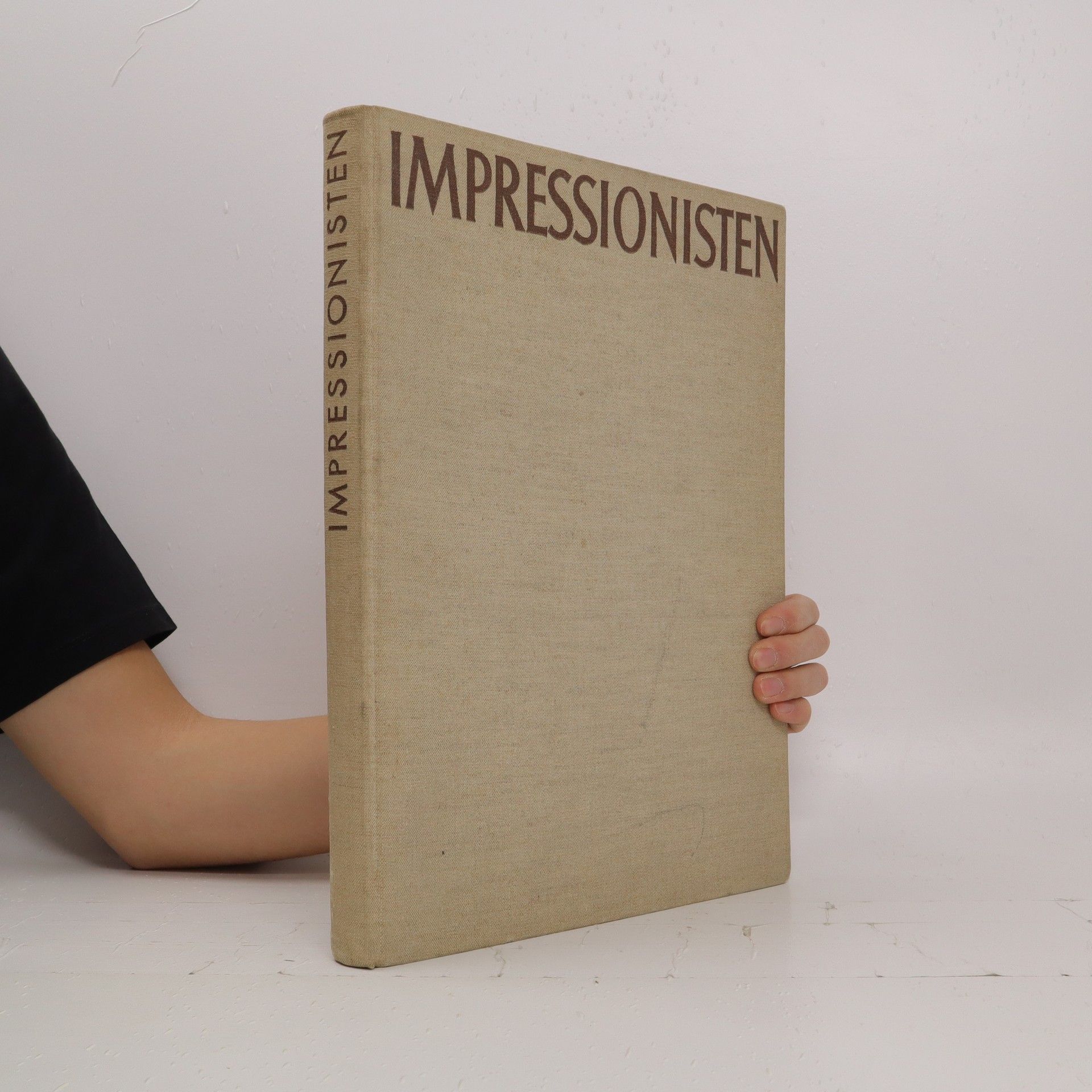Německý spisovatel, znalec a vykladač moderních primitivů malířských: celníka Rousseaua, Séraphiny Louis, Louise Vivina a j., jimž uspořádal výstavu ve velké pařížské galerii, obdivovatel franc. ducha, podává své paměti do r.1938, důležité pro dějiny moderního malířství a pro víru vcenu velké kvality, pro spojení kladných stránek dvou sousedících národů - Francouzů a Němců.
Wilhelm Uhde Knihy

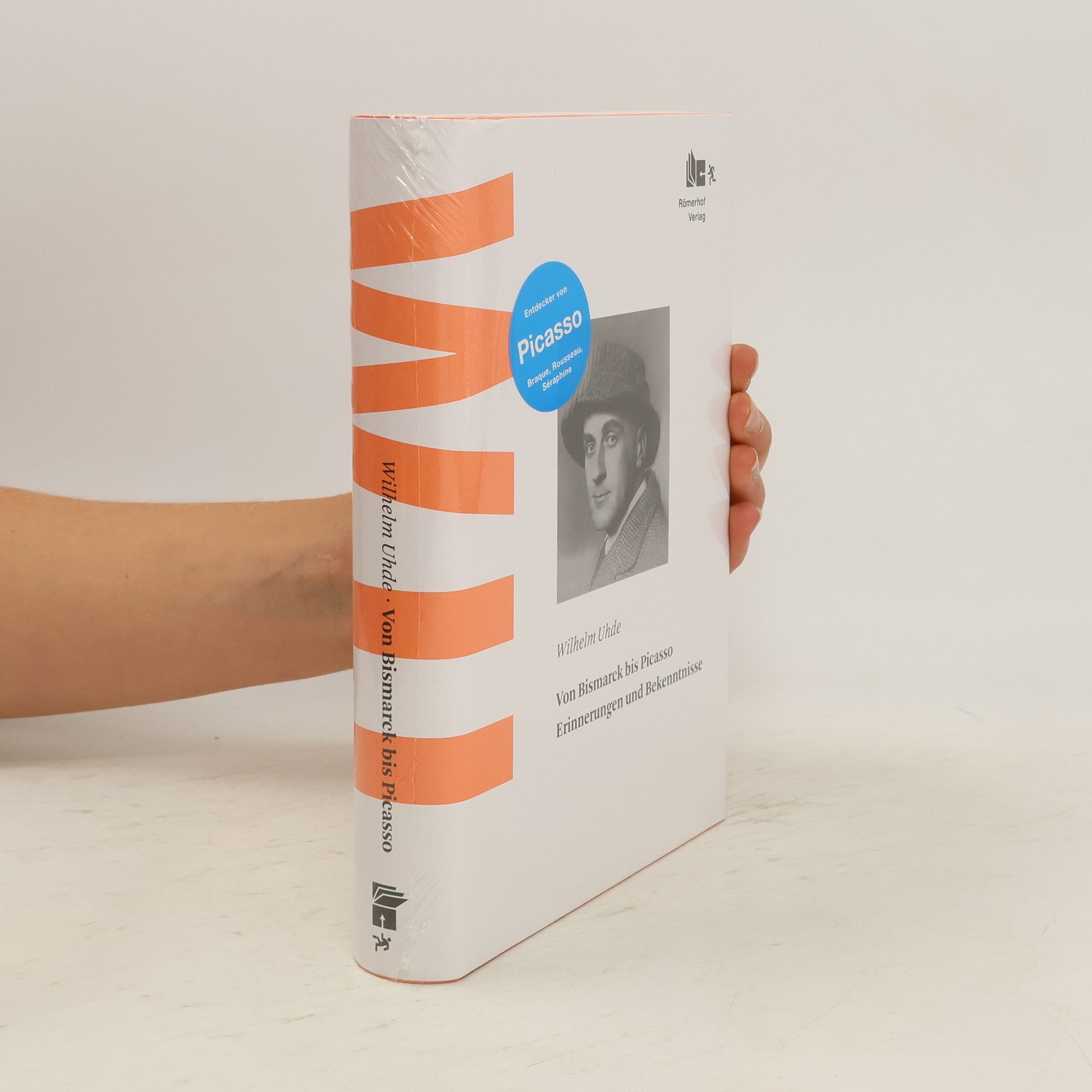
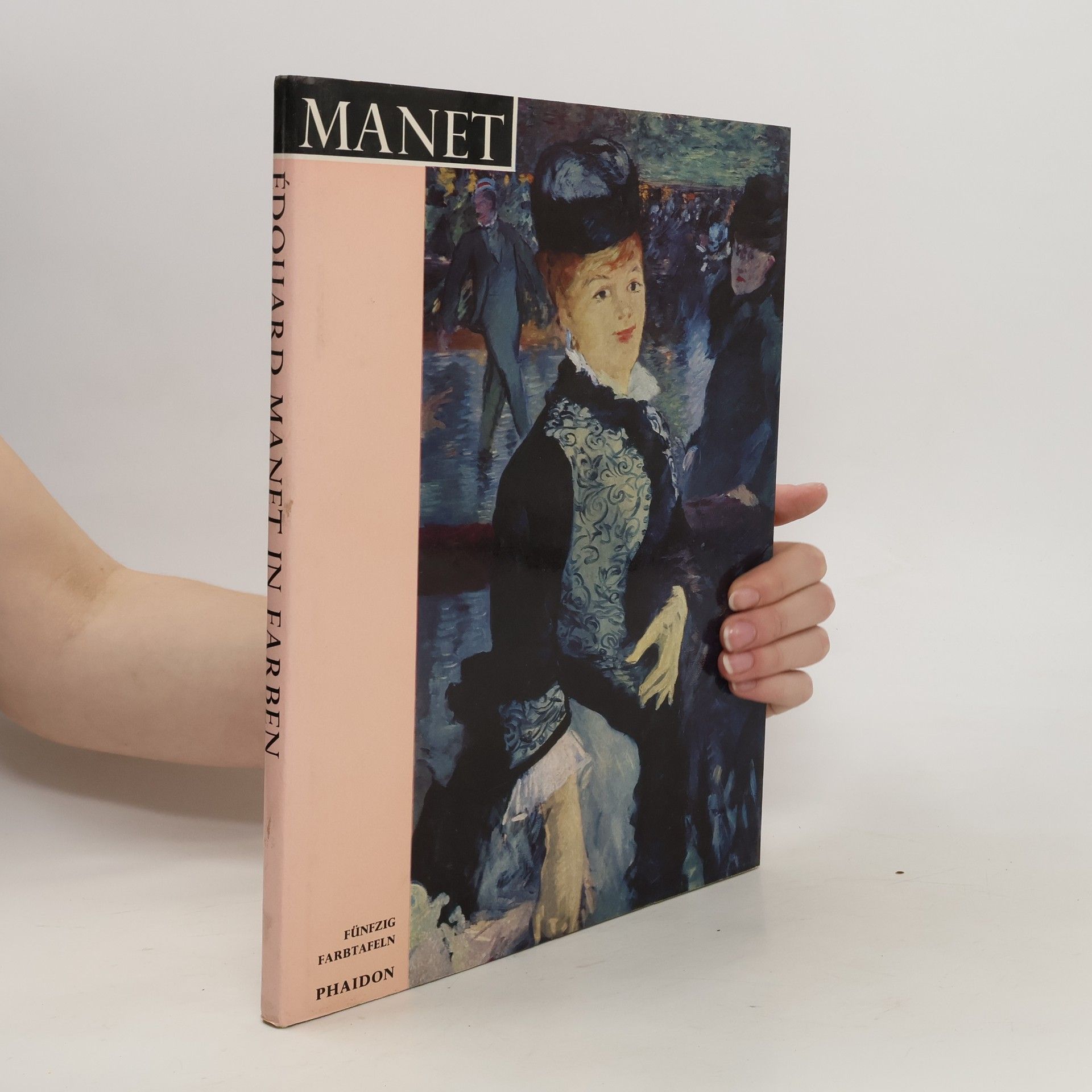

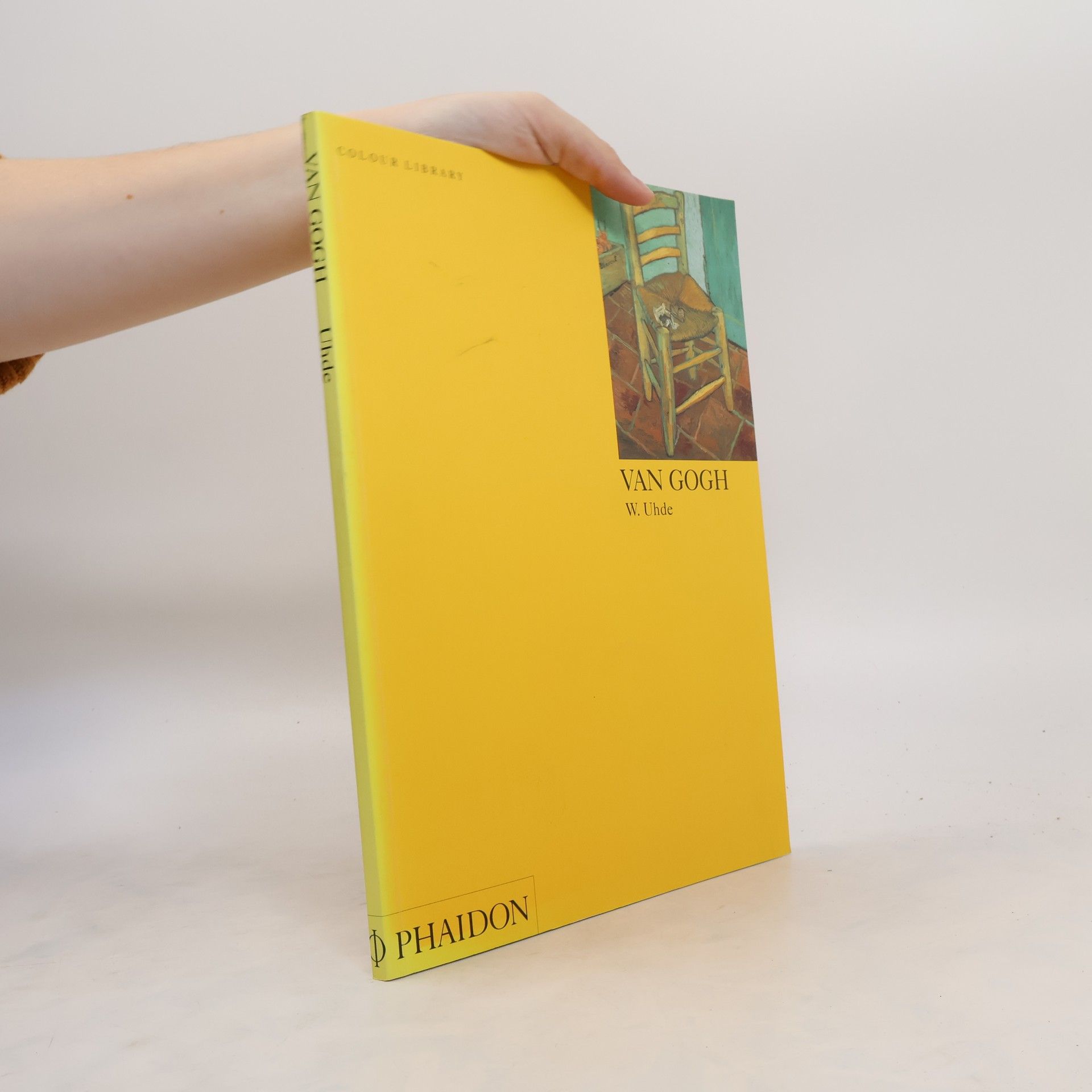

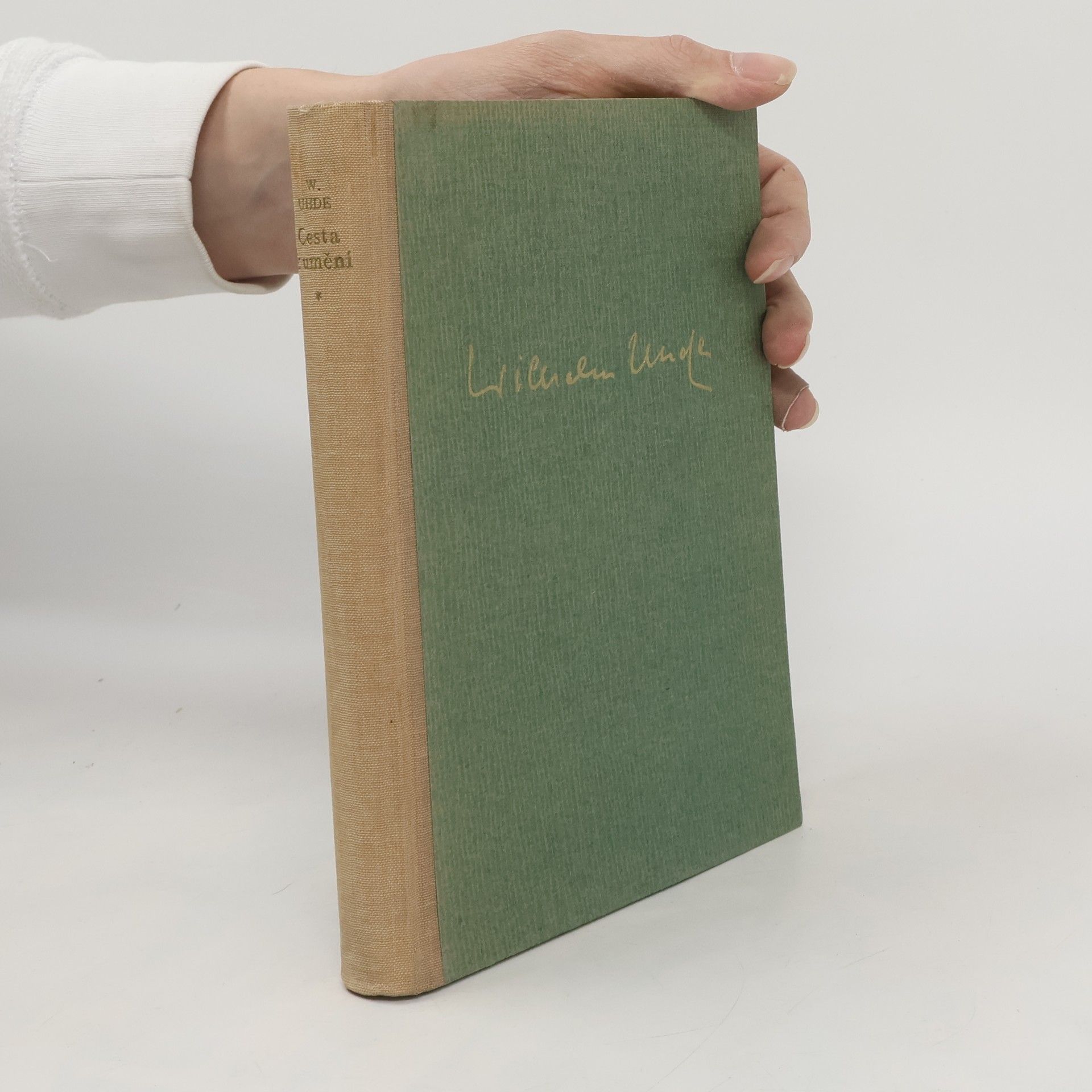
The paintings of Henri Rousseau (1844–1910), particularly his astonishing jungle dreams, are now so popular that it is difficult to realize how they were originally greeted with ridicule and incomprehension. It was not until Rousseau was championed by the young avant-garde—Picasso, Delaunay, and Kandinsky, among others—that he came to be recognized at his true worth. One of the most significant of these early admirers was the dealer and art historian Wilhelm Uhde. It was Uhde who put on the first one-man show of Rousseau’s work, and the catalogue he wrote for the occasion is the basis of these Recollections. Much of what we know about Rousseau comes from these pages, which present a portrayal of a man of naivety, humor, gentleness, and total artistic commitment. Uhde returned to his text again and again, refining it and filling out telling details. The version presented here is the final, definitive text, which first appeared after World War I in a translation overseen by Uhde himself. An introduction by Nancy Ireson sets the Recollections in context, with an overview of Rousseau’s career, the ebb and flow of his reputation, and the part that this polemic and elegiac text played in the creation of a new kind of art.
Van Gogh
- 128 stránek
- 5 hodin čtení
The career of Vincent Van Gogh (1853-90) as a painter was short, but his paintings revolutionized artistic practice and styles. The intensity of his vision, his wonderful sense of colour and the extraordinary boldness of his technique created masterpieces that exercised a profound influence on the art of the twentieth century. There are also enormously popular, and paintings such as The Yellow Chair, The Drawbridge and The Sower are among the most the best-loved images of our time.Wilhelm Uhde was an outstanding art critic and dealer who was born during Van Gogh’s lifetime and witnessed at first hand his rise to fame at the beginning of the twentieth century. His masterly essay was first published in 1937 and remains one of the best introductions to Van Gogh’s work. For this revised and expanded edition, the notes to the plates were added by Griselda Pollock, Professor of Social and Critical Histories of Art at the University of Leeds.
Jung Heidelberg, Aus Dem Leben Eines Heidelberger Korpestudenten
- 202 stránek
- 8 hodin čtení
Die kulturelle Bedeutung dieses Werkes wird von Wissenschaftlern anerkannt, da es zur Wissensbasis der Zivilisation gehört. Es wurde aus dem Originalartefakt reproduziert und bleibt dem ursprünglichen Werk so treu wie möglich. Leser finden originale Urheberrechtsvermerke, Bibliotheksstempel und andere Notationen vor, die das historische Erbe und die Relevanz des Textes unterstreichen.
Von Bismarck bis Picasso
- 400 stránek
- 14 hodin čtení
Wilhelm Uhde (1874–1947) war zu Beginn des 20. Jahrhunderts eine der schillerndsten Figuren des Kunsthandels. Der Wahlfranzose entdeckte in Paris damals noch unbekannte Künstler wie Pablo Picasso, Georges Braque und Henri Rousseau und wurde so zum Geburtshelfer der Avantgarde. Er setzte sich mit Leidenschaft für die 'naive Malerei' ein, besonders für die 'Maler des Heiligen Herzens' Bauchant, Bombois, Rousseau, Vivin und Séraphine Louis. Der Spielfilm 'Séraphine' (2008) machte den deutschen Kunsthändler auch einer breiteren Öffentlichkeit bekannt. In seiner Autobiographie beleuchtet Uhde die verschiedenen Lebensphasen, von seiner preußischen Kindheit und Jugend in großbürgerlichen Lebensverhältnissen über seinen Weg zum bedeutenden Kunstförderer, seine politisch aktiven Zeiten, in denen er sich für die Entstehung eines föderalistisch organisierten, vereinten Europa einsetzt, bis zur Flucht vor den Nazis nach Südfrankreich. Erstmals ist die Autobiographie 'Von Bismarck bis Picasso', die die Jahre 1847 bis 1935 beschreibt, zusammen mit seinen 'Aufzeichnungen aus den Kriegsjahren' in einem Buch erhältlich. In einem begleitenden Essay setzt der renommierte Historiker Bernd Roeck das Leben Wilhelm Uhdes in den kunsthistorischen Kontext des frühen 20. Jahrhunderts und veranschaulicht so dessen damals so moderne wie gewagte Betrachtungsweise der Kunst.
Peu connu du grand public, Uhde a été le premier acheteur de Picasso, qu'il a fait connaître à Kahnweiler et un des agents actifs de l"art moderne. Outre Picasso et Braque, il a été le découvreur de Rousseau dit le douanier. Sa collection confisquée à la fin de la guerre de 1914, il ne put suivre la cote de ses amis peintres, mais continua à défendre la peinture, de Séraphine à Paul Klee. Héritier des deux cultures, allemande et française, il est d’une lucidité étonnante sur les dangers qui les menacent : le nationalisme et l’américanisation des mœurs. À côté de ses engagements, il dresse un tableau très vivant du Paris du début du XXe siècle. Vente de la première collection et catalogue de la vente, 1921. Édition en langue allemande, Dr. Oprecht &Helbling AG, Zürich, 1938. Traduit de l'allemand par Barbara Fontaine Publié avec le concours du Centre national du livre.
